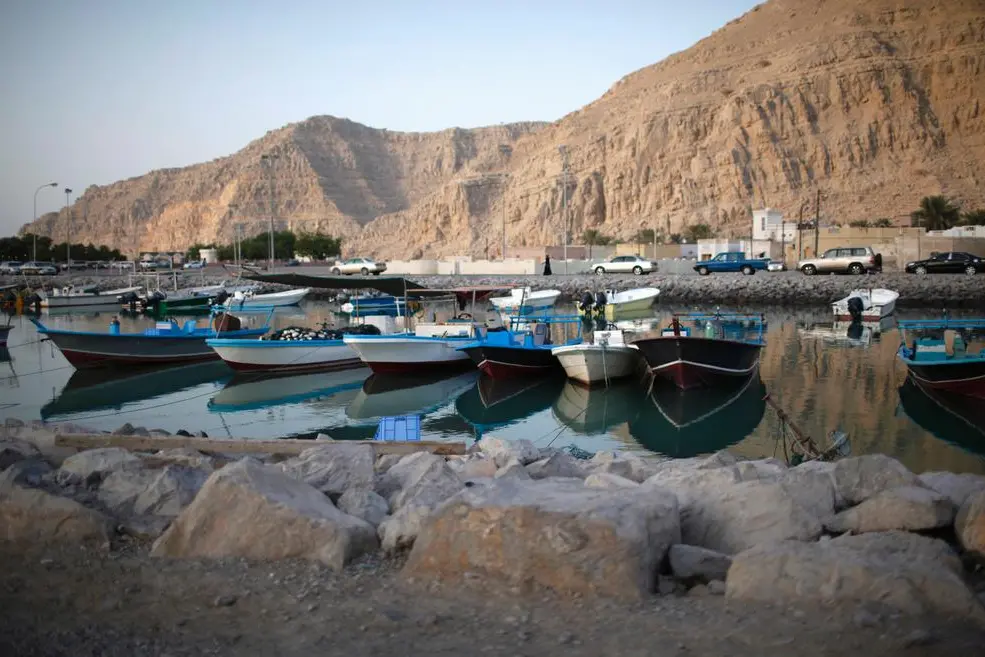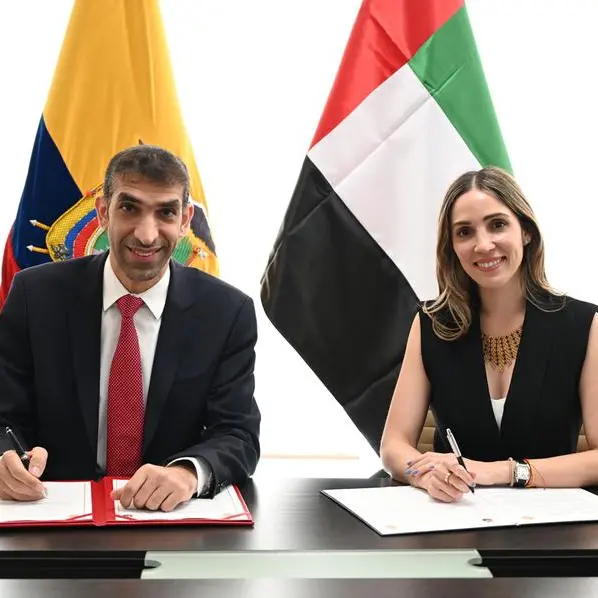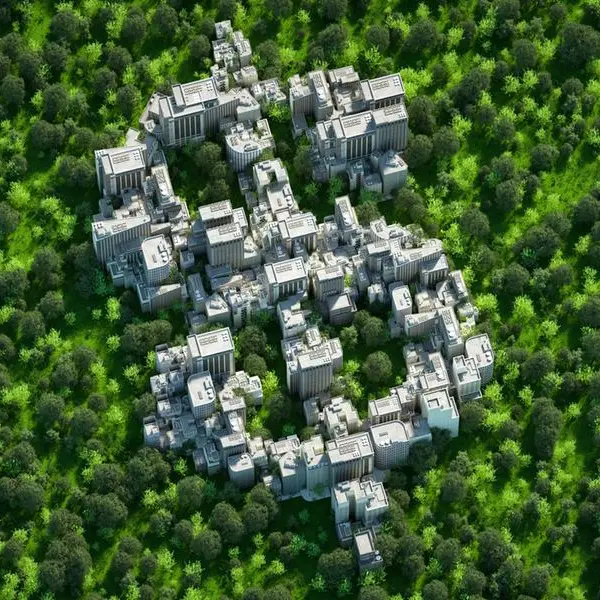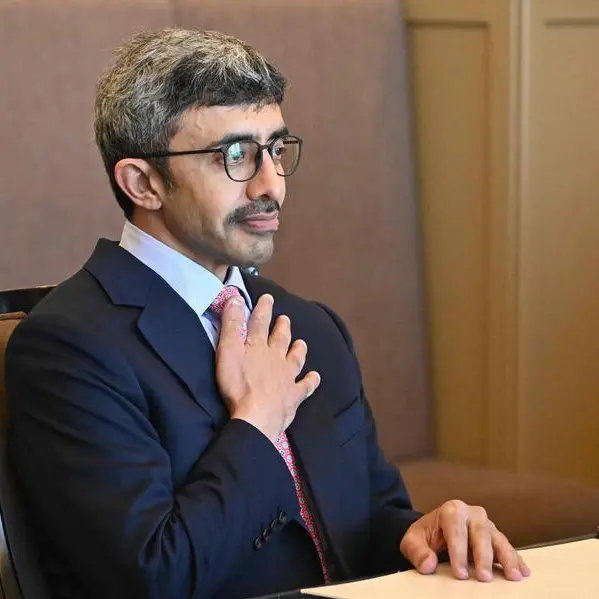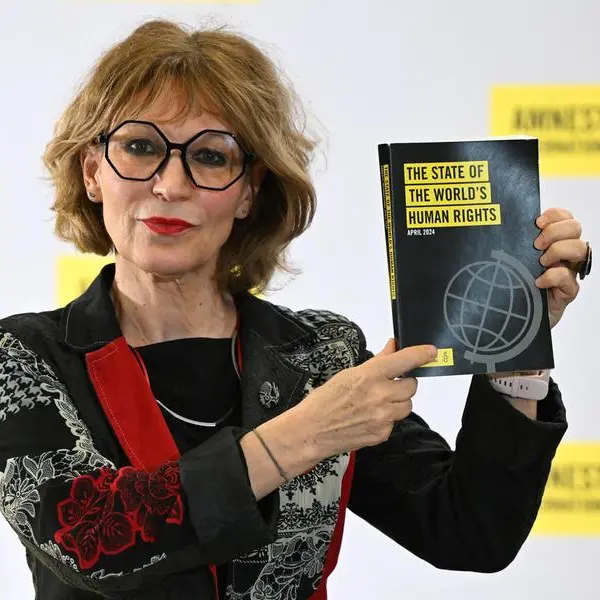PHOTO
04 December 2016
Muscat: Tanfeedh’s Tourism Sector lab has one programme that could change the face of Oman’s unique ancestry, for the better.
Through Responsible Tourism, Tanfeedh has suggested the privatisation of at least 16 historical and natural sites, and has already attracted an investor.
“This initiative is building on Oman’s unique selling point: its nature. The initiative calls for opening natural sites and protected areas to private investors.
This approach will increase government revenues, create employment and ensure the satisfaction of tourists,” according to a tourism sector presentation.
Shukoor Ghammari, Oman’s first female Shura Council member and a tourism lab participant, believes that investors will soon be swarming the historical villages, once they have learned of their value. “This proposal has been created as a feasibility study. This project has the potential to be the best, not just in Oman, but the entire Gulf,” she said.
The villages are 200 years old, and will be renovated with materials to duplicate the original construction. “We picked the location because it had already been restored. The Ministry restored the building with mud, so that it is cold in the summer and warm in the winter. Even the water is from an underground spring. With modification, we can turn these houses into suites and villas,” she said.
“We want them to feel like they’re living 200 years ago, but in a 5-star hotel,” she added.
The village has some 100 houses that the government has bought, and is currently owned by the Ministry of Heritage and Culture, which allows the government to lease them to investors as an Omani establishment.
“If an investor used the village correctly, he would be able to reimburse his cost in less time than a regular investment, which is under six years,” she said.
She described spas that would use sandalwood and other traditional herbs, along with a kitchen that would host classes to teach authentic Omani cooking.
“A tourist could spend a whole day and night eating Omani food, and learn how to make it themselves. It would truly be an Omani experience,” she added. The budget for this project would be, at most, OMR2 million, with a running cost for one year, and its location could not be more optimal.
“People who are driving to Salalah from the Emirates, Saudi Arabia and even in Oman, will pass by Harat and sleep for a night. Qalaat Nizwa is only five km away from the area, close to Al Hoota cave and even Jabel Akhdar,” she said.
“All we are waiting for right now is the investor. We currently have someone, but they have not signed any agreements yet and the pilot is still open to investments. “The investor is Omani and we want someone who can guide it correctly so that the project is a success,” she added.
According to lab leader Dana Al Sarhani, the 16 locations are all in the vicinity of existing tourist attractions. Bringing tourism to historically relevant areas which are close to abandonment will not only help the country financially, but also its communities, too.
“By renovating these houses into boutique hotels and shops, people living in those areas have a chance to participate through SMEs, by making handcraft goods and so on.” Al Sarhani said.
The Ministry of Tourism has already begun a similar project with renovating old houses.
“New tourism products have received attention from various circles of society and, especially, by the next young Omanis to harness their energies and creativity to take advantage of the promising investment opportunities in this vital area,” according to a Ministry of Tourism official. “Heritage and culture are Oman’s unique selling points. Oman’s 500 forts and castles, and over 850 heritage-culture settlements, need a plan for adaptive reuse and commercialisation to unlock their tourism potential,” the presentation reads.
Within the last year, the Ministry of Heritage and Culture has begun renovating some 55 forts and castles to assure they are safe and suitable for use. The Ministry of Tourism has taken 31 castles and forts under their wing, and is overseeing 23 others to create more tourist-friendly attractions.
“There is continuous coordination between the Ministry of Heritage and Culture and the Ministry of Tourism in everything related to castles and forts. The latter will repair and will continue maintenance work after its completion, and will be referred to the Ministry of Tourism for the purposes of tourism employment,” a Ministry of Tourism official said.
Al Sarhani insisted that the privatisation of the sites were only being handled by Responsible Tourism. This type of tourism follows similar guidelines, if not the same, of the United Nations Educational, Scientific and Cultural Organisation (UNESCO).
“But I believe a lot of investment the government has made in the tourism sector will be optimized by privatization. Unlocking that, whether it is the Ministry of Environment or Ministry of Tourism, as they’re going to be unlocked now for privatization through Tanfeedh, Inshallah. A lot of the money the government has spent will go much further now. Hopefully, it will deliver and increase visitor numbers in the country, as well as the contribution to GDP,” Sarhani said.
Thus far, there are only four sites that have been added to UNESCO’s world heritage site list: Aflaj Irrigation Systems of Oman in 2006, the archaeological sites of Bat, Al-Kutm and Al-Ayn in 1988, the Land of Frankincense in 2000 and the Bahla Fort, built in the third millennium BC.
Muscat: Tanfeedh’s Tourism Sector lab has one programme that could change the face of Oman’s unique ancestry, for the better.
Through Responsible Tourism, Tanfeedh has suggested the privatisation of at least 16 historical and natural sites, and has already attracted an investor.
“This initiative is building on Oman’s unique selling point: its nature. The initiative calls for opening natural sites and protected areas to private investors.
This approach will increase government revenues, create employment and ensure the satisfaction of tourists,” according to a tourism sector presentation.
Shukoor Ghammari, Oman’s first female Shura Council member and a tourism lab participant, believes that investors will soon be swarming the historical villages, once they have learned of their value. “This proposal has been created as a feasibility study. This project has the potential to be the best, not just in Oman, but the entire Gulf,” she said.
The villages are 200 years old, and will be renovated with materials to duplicate the original construction. “We picked the location because it had already been restored. The Ministry restored the building with mud, so that it is cold in the summer and warm in the winter. Even the water is from an underground spring. With modification, we can turn these houses into suites and villas,” she said.
“We want them to feel like they’re living 200 years ago, but in a 5-star hotel,” she added.
The village has some 100 houses that the government has bought, and is currently owned by the Ministry of Heritage and Culture, which allows the government to lease them to investors as an Omani establishment.
“If an investor used the village correctly, he would be able to reimburse his cost in less time than a regular investment, which is under six years,” she said.
She described spas that would use sandalwood and other traditional herbs, along with a kitchen that would host classes to teach authentic Omani cooking.
“A tourist could spend a whole day and night eating Omani food, and learn how to make it themselves. It would truly be an Omani experience,” she added. The budget for this project would be, at most, OMR2 million, with a running cost for one year, and its location could not be more optimal.
“People who are driving to Salalah from the Emirates, Saudi Arabia and even in Oman, will pass by Harat and sleep for a night. Qalaat Nizwa is only five km away from the area, close to Al Hoota cave and even Jabel Akhdar,” she said.
“All we are waiting for right now is the investor. We currently have someone, but they have not signed any agreements yet and the pilot is still open to investments. “The investor is Omani and we want someone who can guide it correctly so that the project is a success,” she added.
According to lab leader Dana Al Sarhani, the 16 locations are all in the vicinity of existing tourist attractions. Bringing tourism to historically relevant areas which are close to abandonment will not only help the country financially, but also its communities, too.
“By renovating these houses into boutique hotels and shops, people living in those areas have a chance to participate through SMEs, by making handcraft goods and so on.” Al Sarhani said.
The Ministry of Tourism has already begun a similar project with renovating old houses.
“New tourism products have received attention from various circles of society and, especially, by the next young Omanis to harness their energies and creativity to take advantage of the promising investment opportunities in this vital area,” according to a Ministry of Tourism official. “Heritage and culture are Oman’s unique selling points. Oman’s 500 forts and castles, and over 850 heritage-culture settlements, need a plan for adaptive reuse and commercialisation to unlock their tourism potential,” the presentation reads.
Within the last year, the Ministry of Heritage and Culture has begun renovating some 55 forts and castles to assure they are safe and suitable for use. The Ministry of Tourism has taken 31 castles and forts under their wing, and is overseeing 23 others to create more tourist-friendly attractions.
“There is continuous coordination between the Ministry of Heritage and Culture and the Ministry of Tourism in everything related to castles and forts. The latter will repair and will continue maintenance work after its completion, and will be referred to the Ministry of Tourism for the purposes of tourism employment,” a Ministry of Tourism official said.
Al Sarhani insisted that the privatisation of the sites were only being handled by Responsible Tourism. This type of tourism follows similar guidelines, if not the same, of the United Nations Educational, Scientific and Cultural Organisation (UNESCO).
“But I believe a lot of investment the government has made in the tourism sector will be optimized by privatization. Unlocking that, whether it is the Ministry of Environment or Ministry of Tourism, as they’re going to be unlocked now for privatization through Tanfeedh, Inshallah. A lot of the money the government has spent will go much further now. Hopefully, it will deliver and increase visitor numbers in the country, as well as the contribution to GDP,” Sarhani said.
Thus far, there are only four sites that have been added to UNESCO’s world heritage site list: Aflaj Irrigation Systems of Oman in 2006, the archaeological sites of Bat, Al-Kutm and Al-Ayn in 1988, the Land of Frankincense in 2000 and the Bahla Fort, built in the third millennium BC.
© Times of Oman 2016
